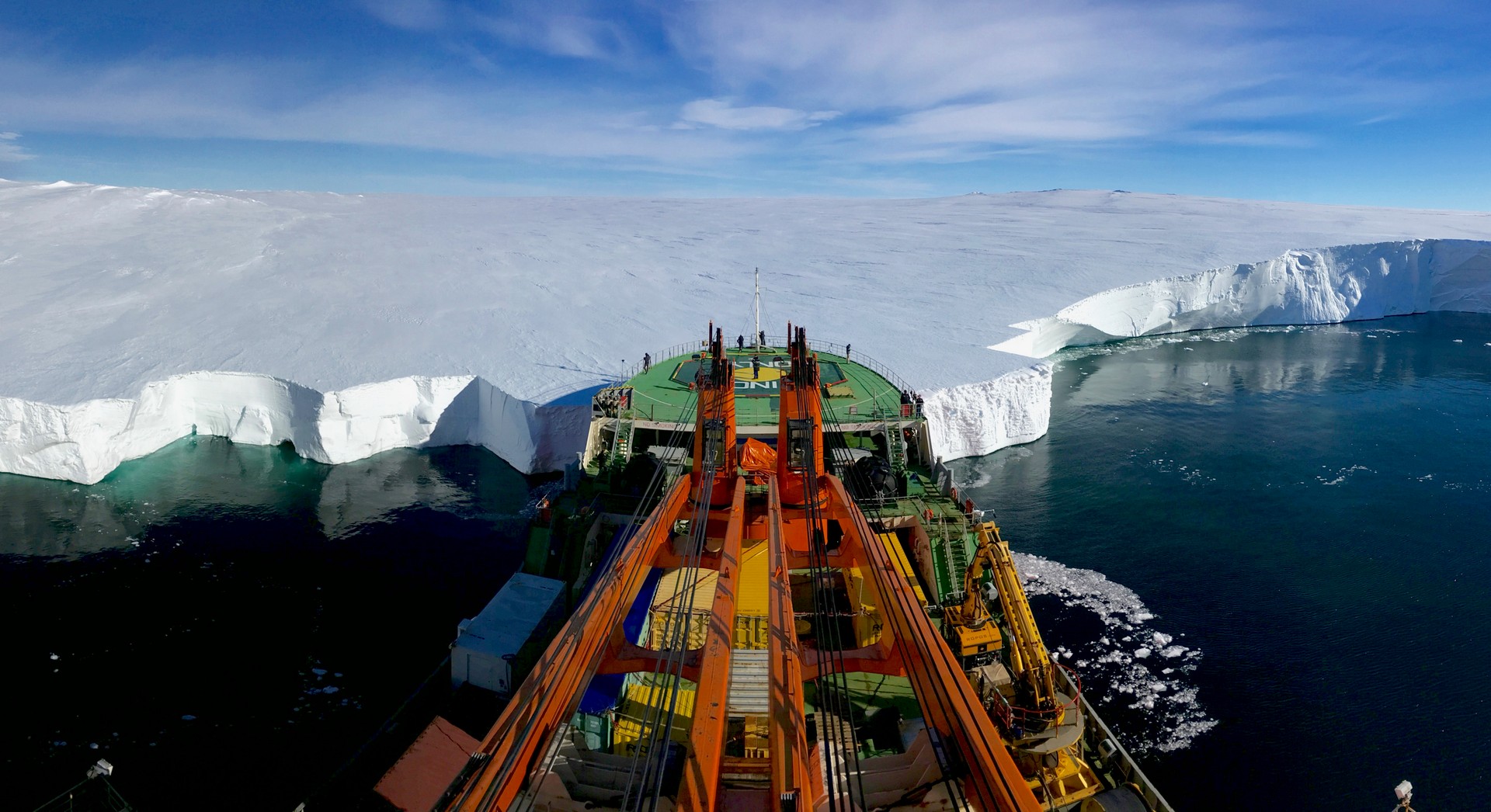Oceanic processes
and climate variability

ISMAR combines studies based on remotely sensed and in-situ observations, numerical and statistical models and Artificial Intelligence algorithms to reconstruct, analyze, and predict at different temporal and spatial scales the effect of global warming on the oceans and to analyze energy, water, and carbon cycles and their dynamics at global and regional scales. In particular, the Institute is involved in the study of variability induced by anthropogenic activities (external forcing) that overlap and interact with natural climate variability (internal forcing), producing complex processes on multiple spatio-temporal scales.
From this perspective, the study of such processes now and in the recent past is of paramount importance for understanding, monitoring, and predicting the effect of climate change on ocean circulation, ecosystems, and the productive activities that depend on them. The effects of projected long-term climate change are particularly relevant in the North Atlantic, where there is a weakening of thermohaline circulation, and in the Arctic Ocean and the Mediterranean Sea, where we speak of “atlantification” and “tropicalization,” respectively, meaning by these terms an increasingly pronounced intrusion and/or modification of the properties of Arctic waters and the rapid warming and marked salinization of Mediterranean waters, the increase of marine heat waves (both in intensity and frequency), and the colonization effect by allochthonous and sometimes invasive tropical species.